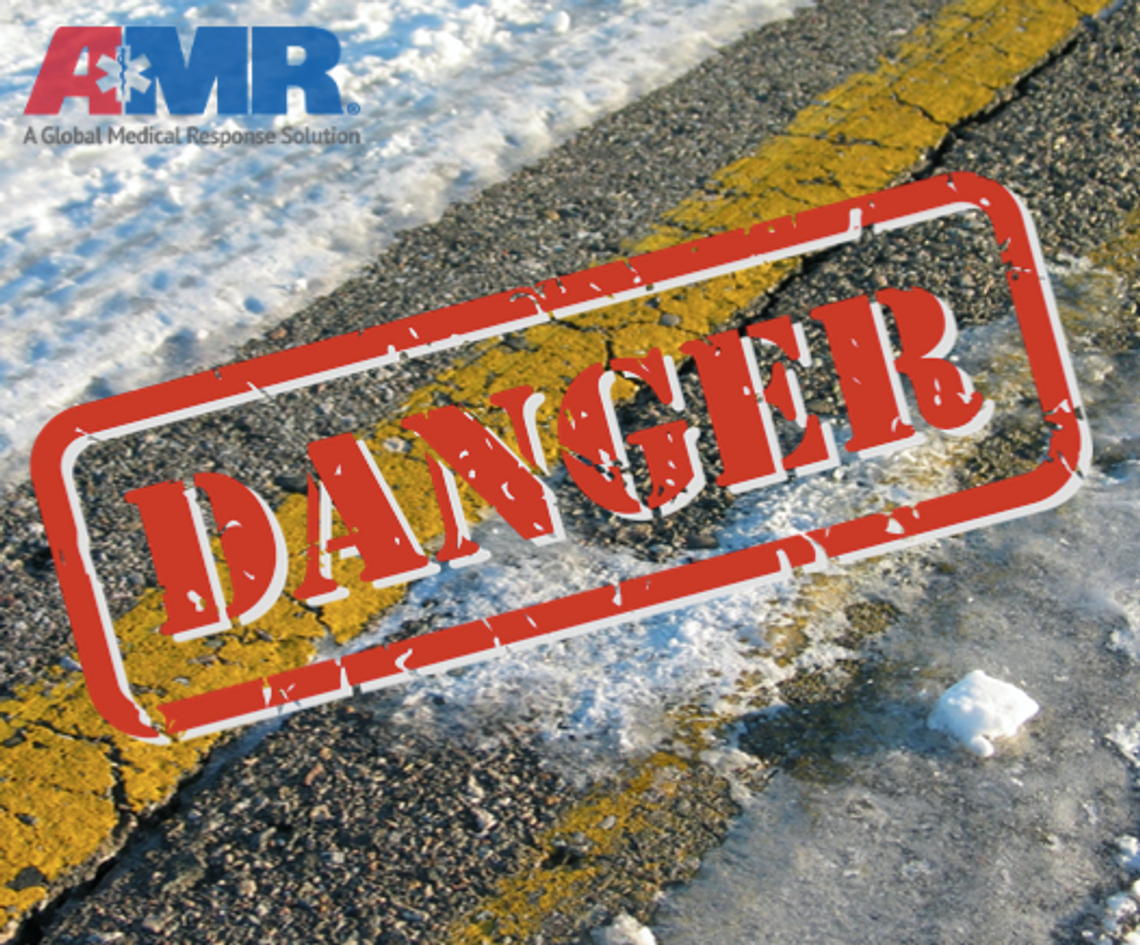- Wear at least three layers of clothing, even indoors. Layering the clothes conserves more body heat than one thick garment. The layer closest to the body should be thin, made of polyester or similar material. The first thin layer should pull moisture from your skin. The next layers should be bulkier, providing more insulation. Wool is a sound choice unless you are at risk of getting the wool soaked. Newer materials such as polyester pile are also recommended. For the outdoors, the top layer should resist rain, sleet or snow and have zippers for venting body heat when you get warm.
- Wear a stocking cap or a hood that covers all of the face except the eyes, nostrils and mouth. The Wilderness Medicine Society has reported that a shivering person loses a high percentage of body heat through the scalp.
- Wear mittens, not gloves; mittens keep hands warmer than gloves.
- Immediately remove clothing that gets wet and layer on another dry outfit.
- Keep at least one room in the home at a comfortable temperature. Close the doors to rooms that are not in use and cover heating vents in those rooms. Jam towels or blankets under the bottom of doors to conserve heat. Closing curtains cuts heat loss through windows.
- In cold weather, friends of elders should check on them frequently, as age weakens the body’s ability to sense and adapt to temperature changes.


Comment
Comments